Quicksilver (QCK) Staking Calculator
Staking Parameters
Token Information
Estimated Rewards
Quicksilver (QCK) is the native utility token of a liquid‑staking protocol that lives inside the Cosmos ecosystem. If you’re curious about how it works, why it matters, and what the current market looks like, you’ve landed in the right spot.
Quick Summary
- Quicksilver is a permission‑less Cosmos SDK zone offering liquid staking via qAsset vouchers.
- QCK token secures the network, pays fees, and grants governance rights.
- Stakers receive qAssets that can be used in DeFi without unstaking.
- Governance by Proxy lets token holders vote on native chain proposals while assets stay staked.
- Market cap is roughly $280K, circulating supply ~140M QCK, and price fluctuates between $0.0018‑$0.0020.
What Is the Quicksilver Protocol?
When you first encounter Quicksilver is a permissionless, sovereign zone built with the Cosmos SDK that provides liquid‑staking services across the entire Cosmos ecosystem, think of it as a bridge between traditional staking and full‑on DeFi. The protocol runs as an independent blockchain (a "zone") that can connect to any IBC‑enabled chain, meaning you can delegate tokens from multiple Cosmos‑based networks without leaving the Quicksilver environment.
Founded by Ingenuity Build, the protocol’s code lives on GitHub (github.com/ingenuity-build) and is open for anyone to audit or contribute. Its core promise is capital efficiency: you lock up your native assets for staking rewards, but you instantly receive a tokenised receipt-called a qAsset-that can be traded, lent, or supplied to AMM pools.
How Does the QCK Token Fit In?
The QCK token acts as the utility and governance fuel for the Quicksilver zone. Its responsibilities are threefold:
- Security: Validators stake QCK to run the zone, securing the network against attacks.
- Fees: All on‑chain transactions-staking, withdrawing, swapping qAssets-require a small QCK fee, which is burned or redistributed to stakers.
- Governance: Holders can vote on protocol upgrades, fee adjustments, and the innovative Governance by Proxy mechanism.
Beyond these duties, QCK holders earn a share of the staking fees collected by the protocol, creating a passive revenue stream that scales with total value locked (TVL).
Liquid Staking Mechanics & qAsset Vouchers
Traditional staking locks your tokens for a fixed period, immobilising capital. Quicksilver solves this by issuing qAsset vouchers tokenised representations of staked assets that retain the same economic value. The workflow looks like this:
- User delegates native token (e.g., ATOM) to a validator through the Quicksilver dApp.
- Quicksilver locks the token on its own chain and mints a matching qAsset (e.g., qATOM).
- qAsset can be supplied to AMM pools on Osmosis, used as collateral on lending platforms, or simply held for price exposure.
- Staking rewards are auto‑compounded and reflected in the growing value of the qAsset.
This approach yields a slightly higher APY than raw staking because rewards are continuously reinvested, and users never lose the ability to move capital in response to market opportunities.
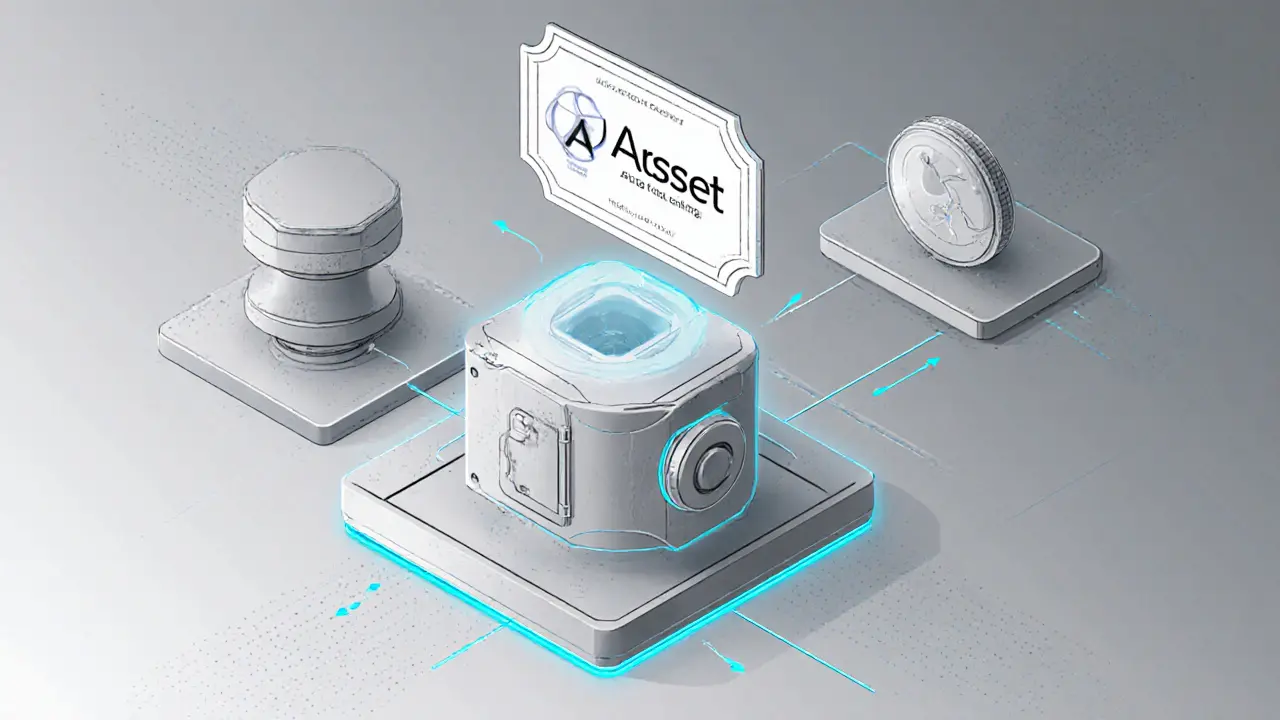
Governance by Proxy - Vote While Staked
Launched in 2023, Governance by Proxy lets QCK holders cast votes on native chain proposals without unstaking their assets. The proxy contract records the user’s voting intent and relays it to the target chain when the proposal period closes. Benefits include:
- Continuous governance participation, preserving voting power.
- Reduced transaction costs-no need to move large balances back and forth.
- Enhanced security, as assets stay bonded to validators.
For any Cosmos‑based chain that supports IBC, users can vote on upgrades, parameter changes, or economic proposals directly from the Quicksilver interface.
Market Data Snapshot (October2025)
The token’s price exhibits notable variance across exchanges, a sign of low liquidity and potential arbitrage:
| Exchange | Price (USD) | 24‑h Volume (USD) |
|---|---|---|
| CoinMarketCap | $0.001814 | $1,204 |
| CoinGecko | $0.001841 | $1,452.65 |
| Bitget | $0.006278 | - |
| CoinCodex | $0.001932 | - |
Supply figures differ slightly between data providers, but the consensus is:
- Maximum supply: 400M QCK
- Circulating supply: ~140M QCK
- Market cap: roughly $280K (fully diluted up to $2M depending on price source)
Technical indicators as of early October show a 14‑day RSI around 42, sitting below the 50‑day SMA ($0.002691) and the 200‑day SMA ($0.004836), suggesting short‑term bearish momentum. Yet the Fear & Greed Index reads 74 (Greed), hinting at speculative interest.
How to Acquire and Use QCK
Most of the trading action happens on Osmosis the primary DEX for IBC‑connected assets where QCK/UOSMO pairs trade. To get started:
- Set up a Cosmos‑compatible wallet (e.g., Keplr or Leap).
- Connect the wallet to Osmosis and swap a stablecoin or native token for QCK.
- Deposit QCK into the Quicksilver staking module to begin earning protocol fees.
- Alternatively, use the token on Bitget’s Earn platform for short‑term yields.
After staking, you’ll receive qAsset vouchers for the underlying tokens you delegated. Those qAssets can be moved to liquidity pools, borrowed against on lending platforms, or simply held to track the price of the staked asset.
Risks and Considerations
While liquid staking sounds like a win‑win, there are a few things to watch:
- Liquidity concentration: QCK trades mostly on Osmosis; limited order‑book depth can cause slippage.
- Smart‑contract risk: The proxy voting contract and qAsset minting logic are on-chain code that could contain bugs.
- Ecosystem dependency: Quicksilver’s value hinges on the health of the Cosmos ecosystem and IBC adoption.
- Price volatility: With a market cap under $300K, QCK can swing wildly on small trade volumes.
Mitigation strategies include diversifying staking across multiple validators, using hardware wallets for key storage, and staying up‑to‑date with GitHub releases and community audits.
Comparing Quicksilver to Other Liquid Staking Solutions
| Feature | Quicksilver (QCK) | Lido (LDO) | Rocket Pool (RPL) |
|---|---|---|---|
| Primary ecosystem | Cosmos (IBC‑connected) | Ethereum | Ethereum |
| Native token | QCK | LDO | RPL |
| Liquidity token | qAsset (e.g., qATOM) | stETH | rETH |
| Governance by Proxy | Yes (2023) | No | No |
| Cross‑chain support | Any IBC‑enabled chain | Ethereum only | Ethereum only |
| Market cap (approx.) | $0.3M | $2B | $1B |
Quicksilver’s niche focus on Cosmos gives it a unique edge for users already embedded in that ecosystem, but the smaller market size means higher price risk compared with the Ethereum‑centric giants.
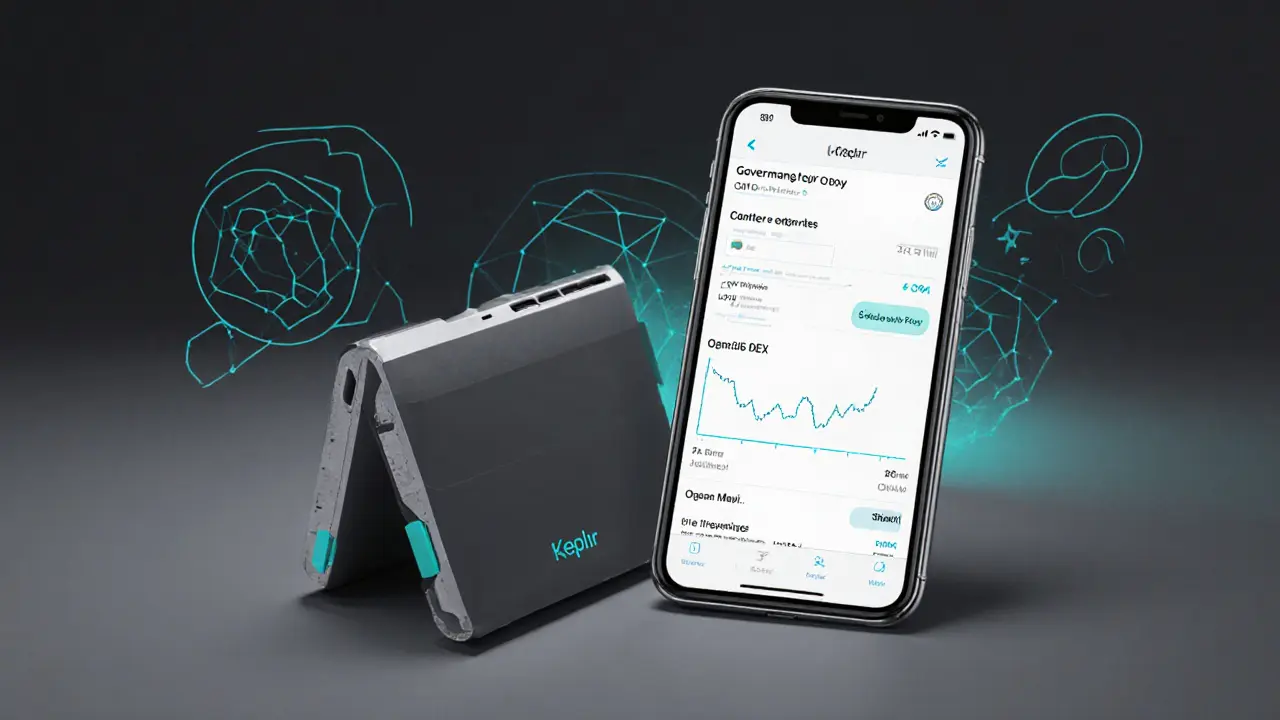
Frequently Asked Questions
What does the QCK token do?
QCK secures the Quicksilver zone by staking, pays transaction fees, and gives holders voting power, including the ability to use Governance by Proxy while assets stay staked.
How are rewards distributed to QCK holders?
A portion of the fees collected from staking and DeFi interactions is periodically redistributed to QCK stakers, on top of any native staking rewards earned by the underlying assets.
Can I use QCK on other blockchains?
QCK itself runs on the Quicksilver zone, but the qAsset vouchers you receive can be moved across any IBC‑connected chain, letting you access DeFi services on multiple Cosmos networks.
Is there a minimum amount needed to stake?
The protocol does not enforce a hard minimum, but most wallets and interfaces recommend staking at least a few hundred tokens to cover transaction fees efficiently.
Where can I buy QCK?
QCK primarily trades on the Osmosis DEX (QCK/UOSMO pair). Some centralized exchanges such as Bitget list the token, offering fiat on‑ramps and Earn products.

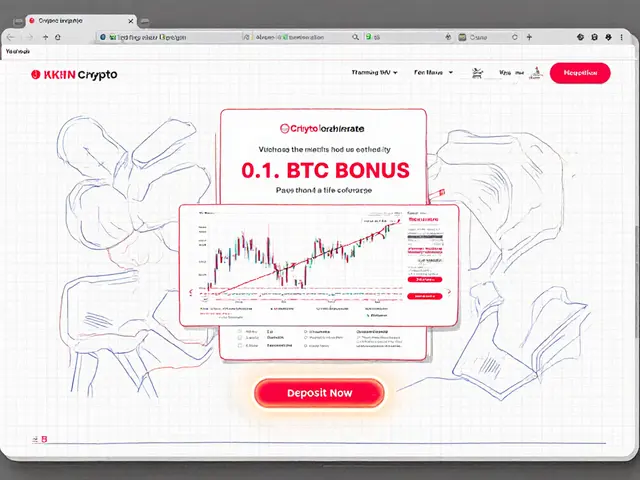
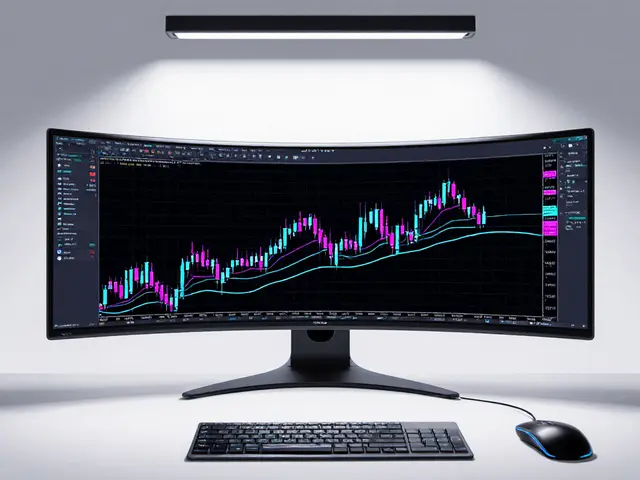
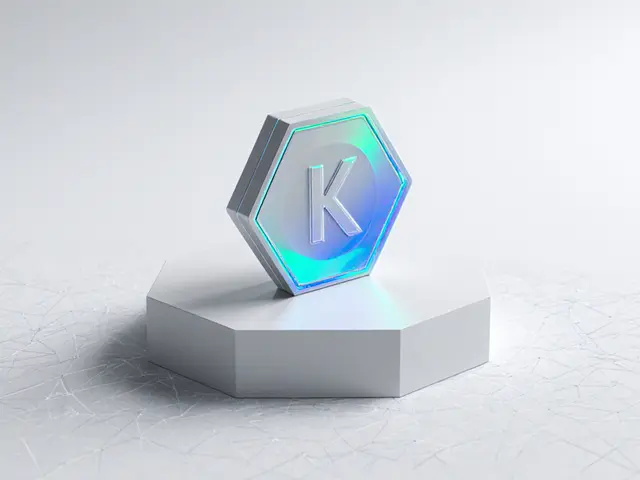
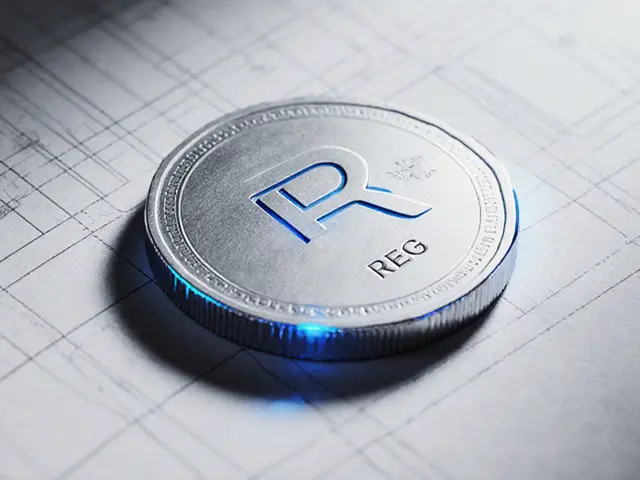
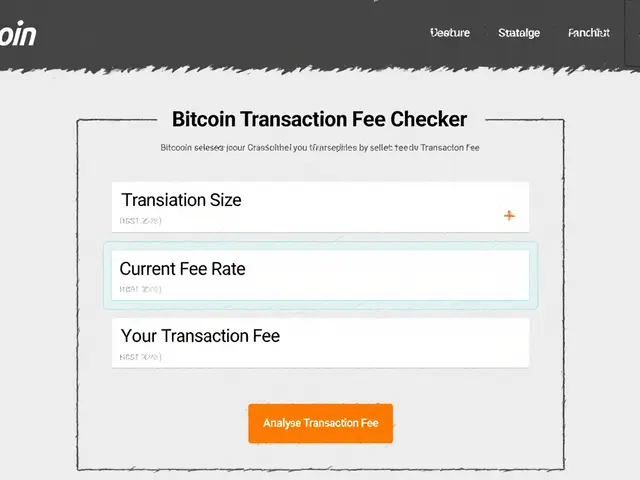
vincent gaytano
1 December, 2024 . 00:23 AM
Oh sure, because the crypto world totally runs on secret cabals and hidden backroom labs. The only way Quicksilver could actually work is if the Illuminati decided to sprinkle some magical APY dust on it. Meanwhile, everyone’s just waiting for the next meme coin to implode. And you, dear reader, are probably going to stake your entire savings based on a calculator that’s as reliable as a fortune cookie. Fun fact: the odds of a liquid staking token surviving a rug pull are roughly the same as winning the lottery while blindfolded. But hey, why not trust a token that’s marketed like a sci‑fi movie? Maybe the real reward is the conspiracy theories you get to spin. In the end, it’s all about keeping the narrative alive while the actual tech fizzles out. Remember, if you can’t see the strings, you’re probably tangled in them.
Dyeshanae Navarro
4 December, 2024 . 11:43 AM
Quicksilver’s concept of liquid staking is intriguing because it aims to keep assets liquid while earning rewards. By allowing users to stake QCK and receive a derivative token, it provides flexibility for trading or collateral. The simplicity of the calculator helps newcomers estimate potential yields, though real‑world factors will affect outcomes. It’s essential to consider network health, fee structures, and market volatility when planning a stake. If you stay informed and adjust your parameters, you can make the most of the APY offered.
Matt Potter
7 December, 2024 . 23:03 PM
Yo, this QCK thing looks promising! Staking and still having a tradable token is a win‑win. If the APY holds up, you could see some decent passive income. Just remember to keep an eye on the network fees – they can chew into your gains. I’d say throw a modest amount in, watch the dashboard, and scale up if the numbers stay sweet. Let’s make those tokens work for us!
Marli Ramos
11 December, 2024 . 10:23 AM
lol looks cute 😅 but idk if i’m gonna risk my coins 😂
Christina Lombardi-Somaschini
14 December, 2024 . 21:43 PM
Dear community, I would like to extend a comprehensive overview regarding the utility and potential of Quicksilver (QCK) as a liquid staking token. Firstly, the protocol introduces a derivative mechanism which enables stakers to retain liquidity while their underlying assets generate staking rewards. This feature is particularly advantageous for users who require immediate access to capital for trading, collateralization, or other financial activities. Moreover, the provision of a transparent staking calculator empowers participants to model prospective earnings based upon variables such as the staked amount, projected APY, and staking duration. It is imperative, however, to acknowledge that the displayed APY is a theoretical figure derived from current network parameters and may fluctuate due to changes in validator performance, fee distribution, or market dynamics. Consequently, prospective stakers should remain vigilant and adjust their expectations accordingly. The tokenomics of QCK further reveal a capped supply of 400 million units, with a circulating supply currently approximating 140 million, thereby establishing a potential scarcity factor as adoption expands. Governance by proxy is active, granting token holders influence over protocol upgrades and parameter adjustments, which contributes to a decentralized decision‑making process. In practice, the liquid staking model may also mitigate risks associated with token lock‑ups, as users retain the ability to redeem their derivative tokens for the underlying asset, subject to protocol constraints. Lastly, I would caution participants to conduct thorough due diligence, particularly with respect to smart contract audits, validator reputation, and broader market sentiment. By approaching Quicksilver with a balanced perspective-recognizing both its innovative merits and inherent risks-investors can make more informed decisions regarding participation in this emerging ecosystem.
katie sears
18 December, 2024 . 09:03 AM
Esteemed readers, allowing me to elucidate certain considerations pertaining to Quicksilver’s staking paradigm. The token’s architecture facilitates a seamless transition between staking and liquidity, a characteristic that aligns well with modern DeFi composability. It is advisable to monitor the validator set composition, as any centralization tendencies could impact reward distribution. Furthermore, given the modest market cap, price volatility remains a salient factor; a sudden dip may offset accrued rewards. Engaging with community governance proposals may also enhance protocol resilience, as active participation often yields ancillary benefits. In sum, a judicious allocation-perhaps a fractional portion of one’s portfolio-combined with periodic reassessment, constitutes a prudent strategy.
Gaurav Joshi
21 December, 2024 . 20:23 PM
We must remember that staking, even with a fancy token like QCK, is not a free lunch. The moral imperative is to verify that the network’s validators uphold integrity and do not exploit delegators. If the community tolerates malicious behavior, the entire ecosystem suffers. Hence, choose reputable nodes and stay vigilant.
Kathryn Moore
25 December, 2024 . 07:43 AM
QCK staking is fine but remember fees.
Christine Wray
28 December, 2024 . 19:03 PM
The idea of staying liquid while earning is solid, but the real test will be how the protocol handles market stress. Let’s see if the derivative token holds its peg under pressure.
roshan nair
1 January, 2025 . 06:23 AM
Hey folks! If you’re curious about the practical steps, here’s a quick rundown: 1) Grab QCK on a reputable exchange. 2) Transfer to a wallet that supports the Quicksilver staking interface. 3) Input your desired stake amount and APY estimate into the calculator. 4) Confirm the transaction and receive the derivative token instantly. 5) Keep an eye on the dashboard for reward accrual and any network updates. Pro tip: diversify across multiple validators to spread risk and potentially improve reward consistency. Happy staking!
Jay K
4 January, 2025 . 17:43 PM
It is advisable to approach the Quicksilver protocol with measured deliberation, ensuring that all parameters are thoroughly reviewed prior to commitment. Formal acknowledgment of the associated risks underscores prudent investment conduct.
Kimberly M
8 January, 2025 . 05:03 AM
👍 Great breakdown! Keep the community informed 😊
Navneet kaur
11 January, 2025 . 16:23 PM
Seriously, who even reads these tiny footnotes? The whole thing feels like a scam dressed up in fancy charts. If you’re not a crypto nerd, just stay away.
Marketta Hawkins
15 January, 2025 . 03:43 AM
Patriotic investors should consider that supporting domestic blockchain projects like Quicksilver strengthens our national tech sovereignty. Don't let foreign influences dictate your portfolio.
Drizzy Drake
18 January, 2025 . 15:03 PM
Honestly, I love the concept because it gives us the flexibility to keep our assets moving while still earning. The calculator is a nice touch, but remember that real‑world yields can be affected by validator uptime, network congestion, and sudden market swings. It’s always a good idea to start small, track the performance over a few weeks, and then decide if you want to scale up. Also, don’t forget to diversify-putting all your QCK into a single validator could expose you to unnecessary risk. Engage with the community forums to stay updated on any protocol upgrades or governance proposals that might impact rewards. And finally, keep an eye on the token’s price action; even if you’re earning staking rewards, a major price dip can erode your overall returns. Stay informed, stay flexible, and the liquid staking model can be a powerful tool in a balanced crypto portfolio.
AJAY KUMAR
22 January, 2025 . 02:23 AM
Listen up! Quicksilver could either be the next big wave or a spectacular crash. The drama will be real, and I’m here for the fireworks!
bob newman
25 January, 2025 . 13:43 PM
Oh great, another token promising “liquid staking” while the shadowy elites pull the levers behind the scenes. Bet the real APY is hidden in some dark corner of the blockchain. Stay safe out there.
Anil Paudyal
29 January, 2025 . 01:03 AM
Check fees before you lock up.
Kimberly Gilliam
1 February, 2025 . 12:23 PM
Meh…another token.
Jeannie Conforti
4 February, 2025 . 23:43 PM
Nice explanation above! If you decide to stake, remember to regularly claim your rewards and re‑stake them to compound growth. It’s a simple habit that can boost your returns over time.
tim nelson
8 February, 2025 . 11:03 AM
I understand the excitement, but please consider the long‑term sustainability of the protocol before allocating significant capital.
Zack Mast
11 February, 2025 . 22:23 PM
Staking feels like feeding the beast, hoping it won’t turn on you later. The allure of passive income masks the underlying risk of surrendering control.
Dale Breithaupt
15 February, 2025 . 00:23 AM
Let’s keep the vibe positive! If you use the calculator and stay active in governance, you can help shape QCK’s future while earning.